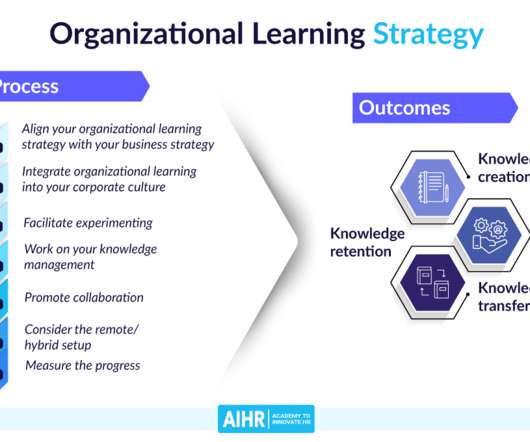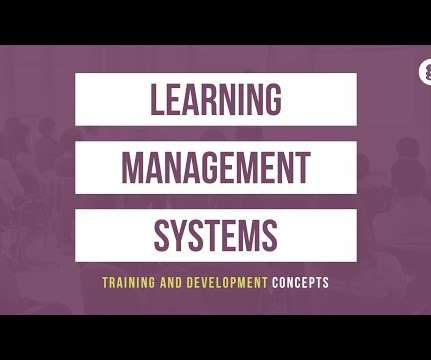Retirement surge is a demographic time bomb. Can tech boost expertise transfer?
HRExecutive
MARCH 19, 2025
The combination of mass retirements and inadequate knowledge transfer systems creates a perfect storm that threatens organizational continuity and operational effectiveness. “If your organization has been around for any amount of time, this is likely a challenge,” she says.


























Let's personalize your content